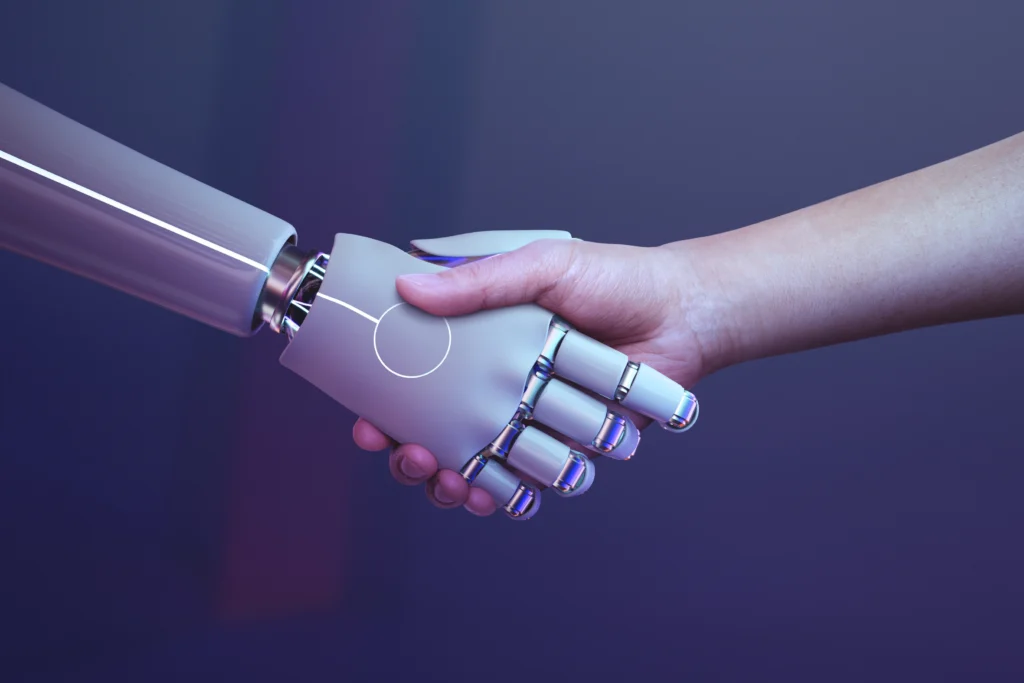Introduction
In a world where cyber threats are evolving at an unprecedented pace, traditional cybersecurity measures are often struggling to keep up. Enter Artificial Intelligence (AI)—a transformative force that is reshaping how we approach digital defense. AI’s ability to process vast amounts of data, recognize patterns, and make decisions in real-time is proving to be a game-changer in the fight against cybercrime. This article delves into how AI is revolutionizing cybersecurity, the benefits it offers, and the challenges that come with integrating AI into digital defense strategies.
1. AI-Powered Threat Detection: Spotting the Unseen
One of the most significant contributions of AI to cybersecurity is its ability to detect threats that might elude traditional security measures. Traditional systems rely heavily on predefined signatures and rules, which can quickly become obsolete as attackers develop new techniques. AI, however, excels at anomaly detection—identifying deviations from normal behavior that could indicate a potential threat.
How It Works:
- Machine Learning Models: AI systems use machine learning algorithms to analyze vast amounts of network traffic and user behavior data. By learning what normal activity looks like, these models can identify unusual patterns that may signify an attack.
- Real-Time Analysis: Unlike traditional methods that often have a delay, AI can provide real-time threat detection and response, minimizing the window of opportunity for attackers.
Benefits:
- Enhanced Accuracy: AI can significantly reduce false positives compared to traditional systems, allowing cybersecurity teams to focus on genuine threats.
- Adaptive Learning: As AI systems encounter new types of attacks, they can adapt and improve their detection capabilities over time.
2. Automated Response: Swift and Precise Action
In the realm of cybersecurity, speed is crucial. AI not only helps in detecting threats but also plays a vital role in automating responses to security incidents. Automated response systems can quickly take action to neutralize threats, often before human intervention is required.
How It Works:
- Incident Response Automation: AI-driven systems can automatically isolate affected systems, block malicious IP addresses, or apply patches to vulnerabilities based on predefined protocols.
- Decision-Making Algorithms: These systems use AI algorithms to decide the best course of action in response to detected threats, ensuring a rapid and effective response.
Benefits:
- Reduced Response Time: Automation reduces the time it takes to respond to threats, minimizing potential damage.
- Consistency: AI ensures that responses are consistent and follow best practices, reducing the risk of human error.
3. AI-Enhanced Threat Intelligence: Anticipating Attacks
Threat intelligence involves gathering and analyzing information about potential threats to anticipate and prepare for future attacks. AI enhances threat intelligence by sifting through enormous amounts of data from various sources to identify emerging threats and trends.
How It Works:
- Data Aggregation: AI systems can aggregate data from multiple sources, including social media, dark web forums, and threat databases, to identify potential indicators of compromise.
- Predictive Analytics: AI uses predictive analytics to forecast potential attack vectors and vulnerabilities based on historical data and current trends.
Benefits:
- Proactive Defense: Enhanced threat intelligence allows organizations to anticipate and prepare for threats before they materialize.
- Informed Decision-Making: AI provides valuable insights that help cybersecurity teams make informed decisions about their defense strategies.
4. Challenges and Considerations: Navigating the AI Landscape
While AI offers numerous advantages for cybersecurity, its integration is not without challenges. Organizations must navigate various considerations to effectively implement AI-driven security solutions.
Challenges:
- Data Privacy: The use of AI in cybersecurity involves analyzing large volumes of data, which raises concerns about data privacy and compliance with regulations such as GDPR.
- False Positives and Over-Reliance: While AI can reduce false positives, it is not infallible. Over-reliance on AI can lead to complacency, and human oversight remains essential.
- Adversarial Attacks: Attackers are also using AI to develop more sophisticated methods to bypass security systems, creating a continuous arms race between defenders and attackers.
Conclusion
AI is undeniably transforming the landscape of cybersecurity, offering enhanced threat detection, automated responses, and advanced threat intelligence. As cyber threats become increasingly sophisticated, AI provides a powerful tool for staying one step ahead. However, organizations must approach AI integration thoughtfully, balancing the benefits with considerations for data privacy, potential false positives, and the need for ongoing human oversight. By leveraging AI effectively, businesses can bolster their defenses and better protect their digital assets in an ever-evolving threat landscape. Embracing AI in cybersecurity is not just about adopting new technology—it’s about forging a future-proof strategy that addresses the challenges of tomorrow’s cyber threats.


